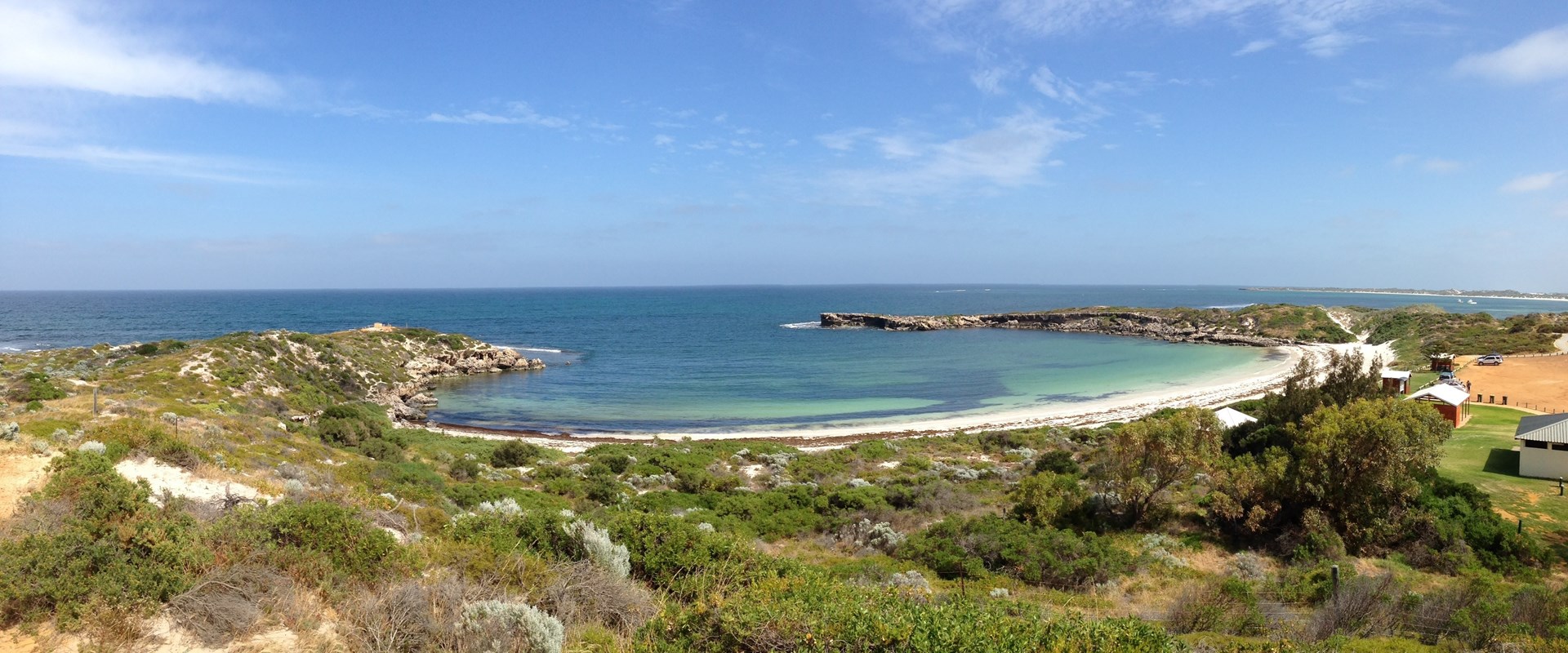
Solving harbour maintenance challenges
We were delighted to be recently re-awarded the consultancy support services for the Western Australian Department of Transport Dredging Program for Coastal Facilities and Management Areas.
Under a new 4-year contract, our team of specialised engineers and scientists will continue to manage this unique and challenging dredging program which covers more than 30 facilities along 12,000 km of the Western Australian coastline. The new win is a testament to our customer service-oriented culture, focus on cost-effectiveness and strive for continuous improvement for the benefit of our customers and the broader Western Australian community. One of the facilities that we have been managing the maintenance of channels assets is Jurien Bay Boat Harbour.
Situated in the coastal town of Jurien Bay, Western Australia, the boat harbour provides a range of community uses, including recreational tourism and commercial developments, with several land-backed facilities. It also allows access to the surrounding waters of the Jurien Bay Marine Park, which is famous for fishing and recreational activities. The need for maintenance dredging at Jurien Bay Boat Harbour has escalated in recent years due to the accumulation of sand and seagrass wrack in the harbour entrance. The collection of sand reduces safe navigation depths for the harbour users, and expansion of the wrack creates poor water quality, which results in loss of amenity. The DoT has resorted to BMT to help resolve these complex issues.
We first established a dredging and disposal strategy that provided the customer with a long-term vision of maintaining channel assets in the harbour to manage both safe navigation and satisfactory water quality. Further, we conducted a more detailed hydrodynamic modelling study that provided the customer with two practical options to reduce wrack ingress to the harbour and improve water quality. The customer benefitted from this study to further progress one of these options and started planning to implement a spur groyne structure. In parallel, we investigated the problem of scarcity of dredge disposal sites. We worked with both the Federal and State Regulators to secure for the customer and offshore dredge disposal site for the next ten years for use when maintenance dredging is required.
To help understand the ingress of wrack into the harbour, our experienced modellers carried out a comprehensive hydrodynamic modelling study, characterising the circulation in the Jurien Bay using our cutting edge TUFLOW model. We developed a state-of-the-art transport model including the extended period wave forcing to accurately investigate the pathways resulting in the wrack accumulation in the boat harbour. We tracked modelled particle trajectories for the present harbour configuration during the evolution of the storm. The customer used the validated modelling framework to evaluate the construction of a spur groyne. Outcomes of our modelling further assisted in determining the best long-term dredging and coastal management strategy. The modelling framework subsequently was used to assess the dredge plume dispersion for the maintenance dredging campaigns. The stability of the offshore dredge disposal site was evaluated using the in-built sediment transport module.
Our environmental scientists worked collaboratively with ecological regulators to understand anticipated environmental risk and draw from our technical studies and historical monitoring data available from the benefits of a long-term dredging contract with the Department of Transport. By applying recent literature and instilling confidence that the potential environmental impacts can be monitored and managed during dredging, a long-term sustainable option for disposal of dredged material for ongoing safe navigation use and enhanced water quality of the harbour has been secured for our valued customer.